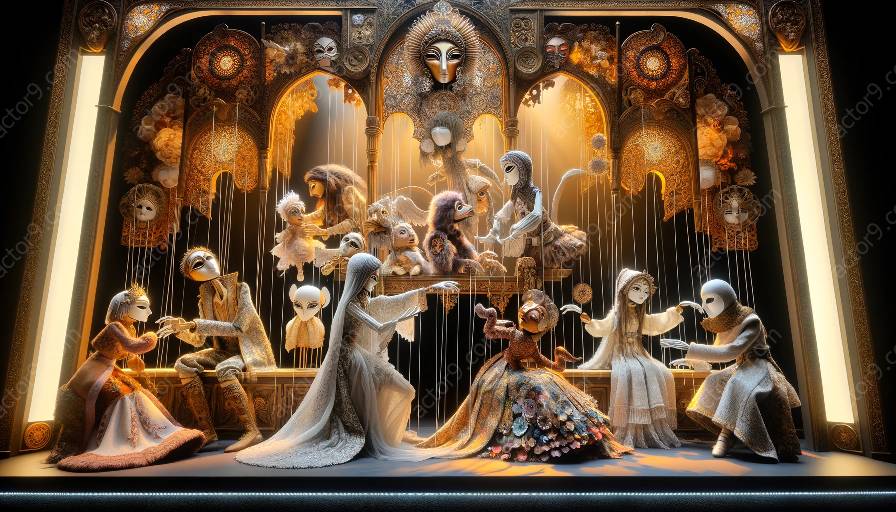Improvised Puppetry and Mask Performances: Exploring Success Stories
Improvised puppetry and mask performances are captivating and unique art forms that often require the performers to think on their feet, making split-second creative decisions. Through success stories, we can delve into the world of improvised puppetry and mask performances, and explore the creative potential of improvisation in both puppetry and theater.
Improvisation in Puppetry
Puppetry is an ancient form of storytelling and entertainment, and when combined with improvisation, it becomes a dynamic and engaging art. Successful improvised puppetry performances often involve the seamless integration of spontaneity, storytelling, and audience interaction. A success story in improvised puppetry may showcase how a performer transformed a simple puppet show into an unforgettable experience through the power of spontaneity and creative thinking. These stories serve as testament to the potential for improvisation to elevate puppetry beyond scripted performances, creating memorable and unique experiences for both performers and audiences.
Improvisation in Mask Work
Mask work has a rich history in theater, and when infused with improvisation, it can lead to incredible and immersive performances. Success stories in improvised mask work often highlight the ability of performers to embody characters, express emotions, and engage with the audience in real time. These stories may showcase how an improvised mask performance resonated with the audience, deeply impacting and connecting with them on a visceral level. By embracing improvisational techniques, performers can elevate traditional mask work into a transcendent and transformative experience, creating compelling success stories that inspire and captivate.
Blending Improvisation in Theater and Puppetry
Both theater and puppetry benefit from the creative spontaneity that improvisation offers. The success stories of integrated improvisation in these art forms demonstrate the incredible versatility and adaptability of performers. Whether through impromptu puppetry enactments within a theatrical performance, or through the incorporation of masks into a puppetry show, these success stories illustrate how improvisation can elevate the art forms and expand creative boundaries.
Conclusion: Celebrating Success in Spontaneity
By exploring the success stories of improvised puppetry and mask performances, we gain insight into the power of spontaneity and creativity in the arts. These stories inspire us to embrace the potential for improvisation to transform traditional performances into unforgettable and impactful experiences. Through the harmonious fusion of improvisation in puppetry, mask work, and theater, success stories celebrate the boundless creativity and innovation that arises from spontaneous artistic expression.




























